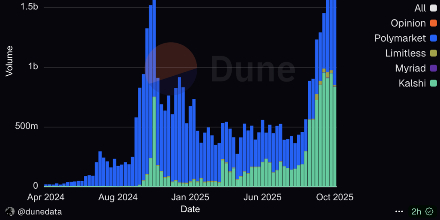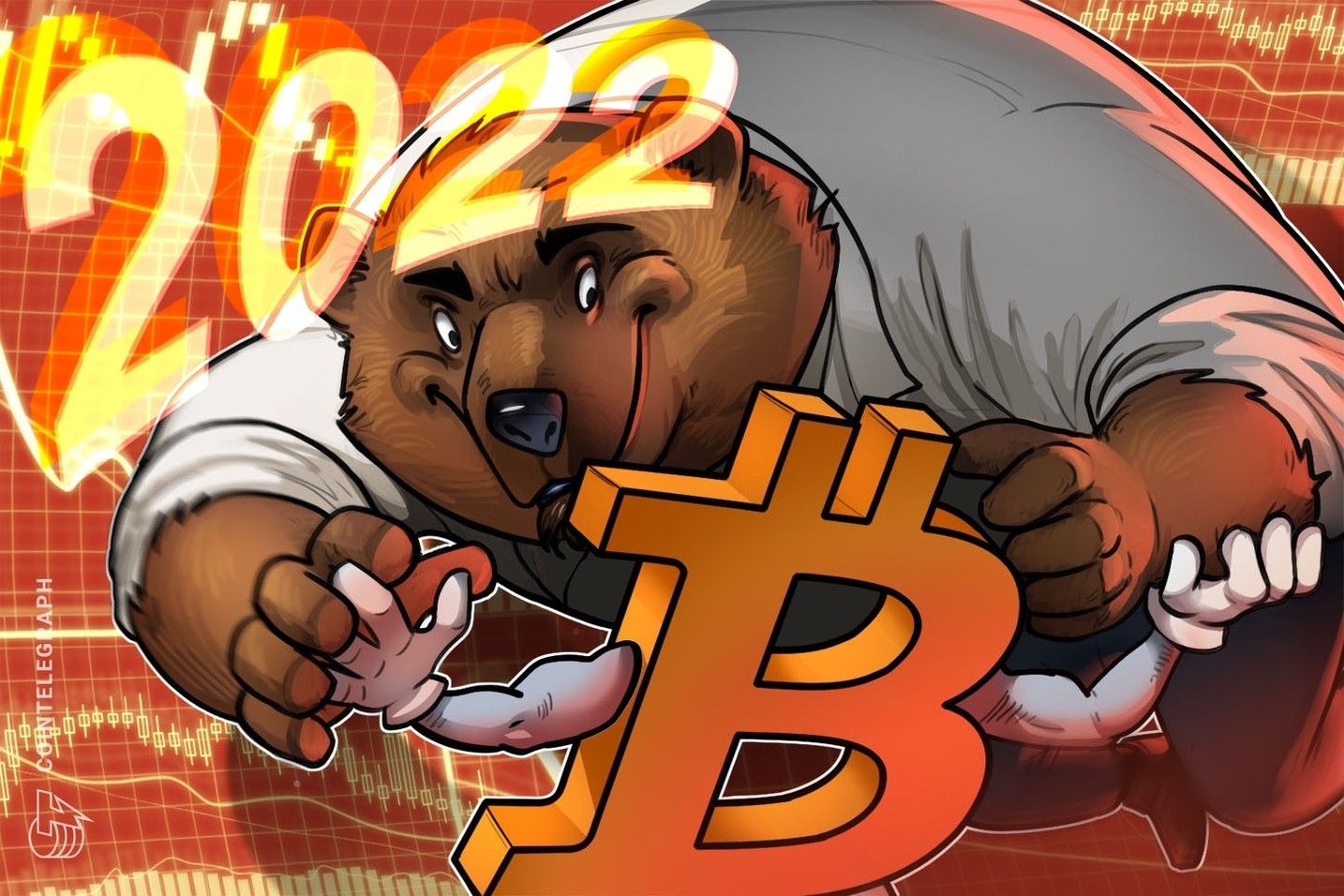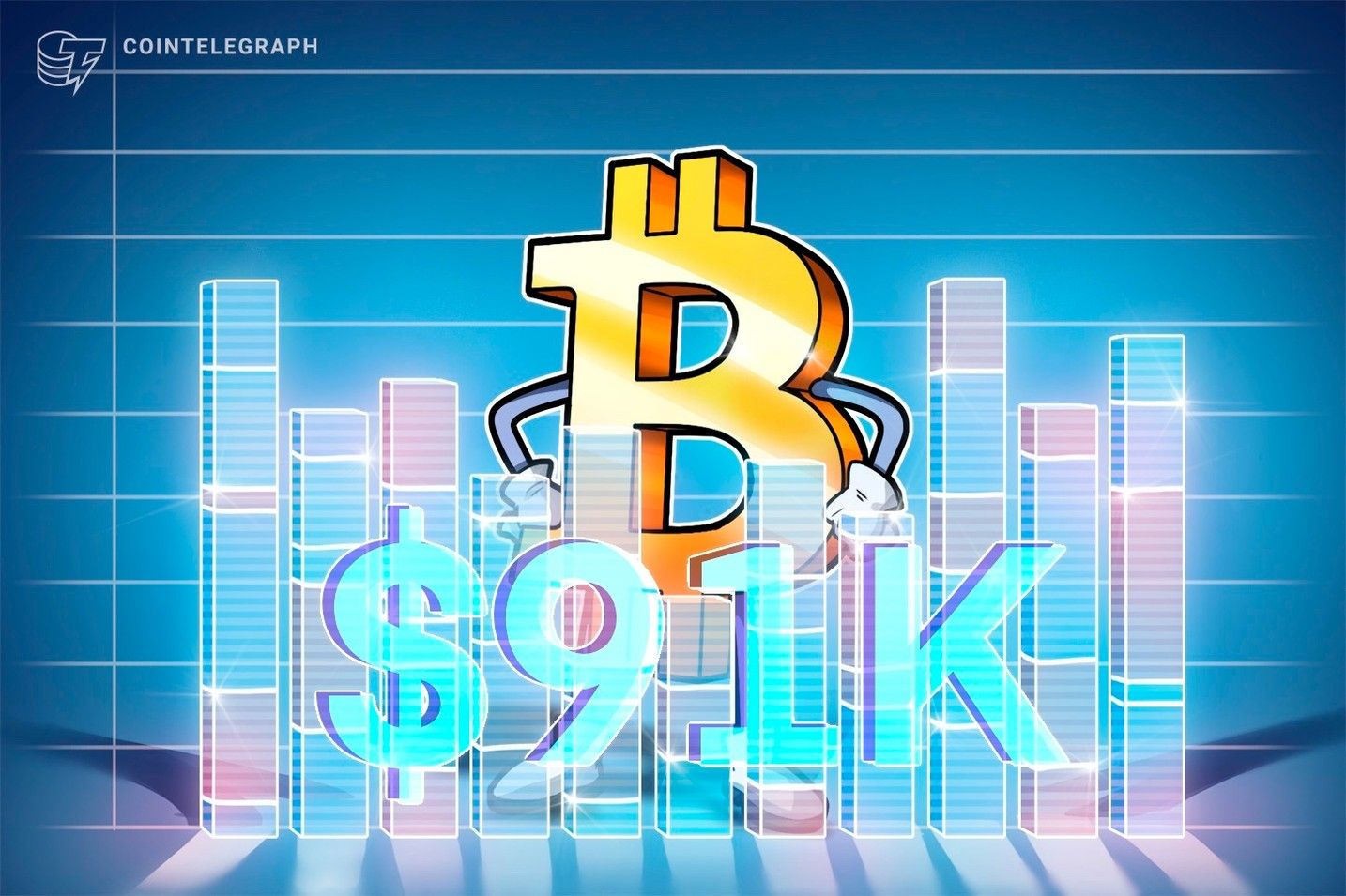Did Trump’s Tariff Trigger A Crypto Purge Or Just A Panic?
On October 10, 2025, the crypto markets were jolted by a shock from Trump’s tariffs on China.
Per Reuters, President Donald Trump announced the imposition of 100 percent tariffs on critical software imports from China, effective November 1, along with export restrictions. The move came amid rising trade tensions over Chinese rare-earth and technology export controls.
In the hours that followed, global financial markets reeled.
The SP 500 fell more than 2 percent, marking its worst single-day drop since April. Bitcoin dropped to around 104,782 dollars, an 8.4 percent slide, while Ethereum and other major Altcoins also declined sharply.
The suddenness and speed of the fall sparked speculation and fear.
Trump Tariff Announcement Triggers Historic Crypto Liquidations
One fact is clear.
In the crypto space, billions of dollars in leveraged long positions were wiped out in a cascade of forced liquidations.
CoinDesk reports that more than 16 billion dollars in long positions were liquidated after the tariff announcement. Other sources suggest the total could be higher, with some platforms reporting broader losses.
Across the crypto ecosystem, more than 1.6 million traders were liquidated, according to CoinDesk. On the Hyperliquid exchange alone, over 6,300 wallets were pushed underwater, with more than 1.2 billion dollars in capital lost. The speed of the selloff left few safe havens, and many altcoins fell between 20 and 40 percent within a single trading day.
This drop was just after the All Time High (ATH) for Bitcoin.
This was one of the largest liquidation events in crypto history, and it unfolded within hours of Trump’s tariff move.
Trump’s Timing Sparks Whale Conspiracy Claims in Crypto
Amid the turmoil, a striking narrative spread across social media.
According to several reports, a whale or large trader had opened massive short positions in Bitcoin and Ethereum before the tariff announcement and then closed them for huge profits once the crash began. Some versions claim the trader doubled exposure thirty minutes before the speech and made more than 200 million dollars. I could not verify this claim.
Here is what is verifiable. The Economic Times reported that one anonymous trader made about 88 million dollars in thirty minutes by shorting Bitcoin just before Trump’s announcement.
What remains unknown is equally important. No one has identified which wallet or exchange account opened those shorts. There is no confirmed evidence that the same entity doubled its exposure before the speech. The exact profit numbers vary, and there is no proof that anyone acted on inside information.
These claims are based on partial on-chain analysis and media inference. They are interesting but still speculative.
Could This Move Have Been Predicted?
Many theories have circulated about how traders might have predicted Trump’s market shock.
Some believe a few insiders had early knowledge of the tariff announcement. Others claim sophisticated algorithms or whales saw it coming.
But I don’t think this event was truly predictable. The speed and magnitude of the reaction suggest it was more of a chain reaction than a planned strike.
Some have argued that macro and geopolitical intelligence gave certain traders an edge. It is true that those who watch U.S. and China trade relations closely might have sensed a tightening of policy and prepared defensively. Still, anticipating tariffs of this scale with such precision seems unlikely. The announcement came with little direct signaling, and even the best political analysts were caught off guard.
Others point to on-chain or derivatives data, arguing that early signals might have shown whales quietly shifting positions. Experienced traders often monitor these data sets, watching for spikes in derivatives volume or sudden funding changes. Yet the patterns visible before Trump’s speech looked similar to normal market churn. There was no clear, public sign of what was about to happen.
A third theory suggests that algorithmic and high-frequency trading systems may have amplified the movement. Once the first large orders hit, automated strategies likely reacted instantly, deepening volatility. That does not mean those algorithms predicted the event. They simply responded faster than humans could once the news broke.
Finally, some blame liquidity and slippage effects. When markets are thin and sentiment is fragile, even moderate short positions can create cascading moves. Once selling began, forced liquidations followed, causing a feedback loop that exaggerated the fall. Again, that reflects the structure of modern crypto markets, not insider foresight.
In the end, none of these explanations prove perfect foresight.
They describe how a complex, interconnected system can turn surprise into chaos. While timing trades around a major political event makes for a compelling theory, the reality is that this crash was most likely an unpredictable collision of policy, leverage, and market psychology.
Trump’s Crypto Crash Viewed as Market Purge Not Collapse
Many analysts believe this crash acted as a purge of excess leverage rather than a structural failure.
Supporters of this view note that leverage was wiped out across major exchanges, pushing weak hands out of the market. Short positions are now heavily extended and may become vulnerable to a squeeze. Long-term holders appear to be re-accumulating at lower levels. The tariff shock came from outside crypto fundamentals, suggesting the market may recover once the panic subsides.
Others caution that the structure could still fracture if global conditions worsen. Higher interest rates, further trade escalations, or renewed regulation could stall any rebound.
Key Indicators to Watch After Trump’s Crypto Shock
Several signals will help determine the next phase of the market.
Analysts are closely tracking onchain flows from large wallets to see if accumulation resumes or if exits continue. They are also watching funding rates in perpetual futures, which reveal whether short positions remain dominant or if the balance is shifting toward optimism.
Differences between spot and derivative prices can show whether liquidity stress is easing. Macro data, including inflation trends, central bank decisions, and China’s response to the tariffs, will shape investor confidence.
Official investigations or financial disclosures could also shed light on the traders who profited during the crash. The next few trading sessions will likely decide whether this event leads to stabilization, further decline, or a rebound.
Trump’s Tariff Shock Leaves Crypto on Edge but Poised for Reset
Trump’s tariff announcement clearly triggered a sharp correction across financial markets, including crypto. Whether certain traders exploited it in advance remains uncertain. What is certain is that more than 16 billion dollars in leveraged positions were wiped out, more than a million traders were affected, and volatility remains high.
If this event becomes a reset rather than a breakdown, it could clear the path for renewed growth later in the cycle. But that outcome depends on broader economic and political factors, not only on crypto itself.
For now, the October 2025 Trump tariff shock will be remembered as one of the defining stress tests of this bull market cycle, and perhaps as the moment that separated speculation from strategy in digital assets like crypto.
Disclaimer: The content of this article solely reflects the author's opinion and does not represent the platform in any capacity. This article is not intended to serve as a reference for making investment decisions.
You may also like
OracleX Global Public Beta: Restructuring Prediction Market Incentive Mechanisms with "Proof of Behavior Contribution"
OracleX is a decentralized prediction platform based on the POC protocol. It addresses pain points in the prediction market through a dual-token model and a contribution reward mechanism, aiming to build a collective intelligence decision-making ecosystem. Summary generated by Mars AI The content of this summary is produced by the Mars AI model, and its accuracy and completeness are still being iteratively improved.

Bitcoin is not "digital gold"—it is the global base currency of the AI era
The article refutes the argument that bitcoin will be replaced, highlighting bitcoin's unique value as a protocol layer, including its network effects, immutability, and potential as a global settlement layer. It also explores new opportunities for bitcoin in the AI era. Summary generated by Mars AI. This summary was produced by the Mars AI model, and the accuracy and completeness of its content are still being iteratively improved.

Bitcoin 2022 bear market correlation hits 98% as ETFs add $220M

Fed rate-cut bets surge: Can Bitcoin finally break $91K to go higher?

